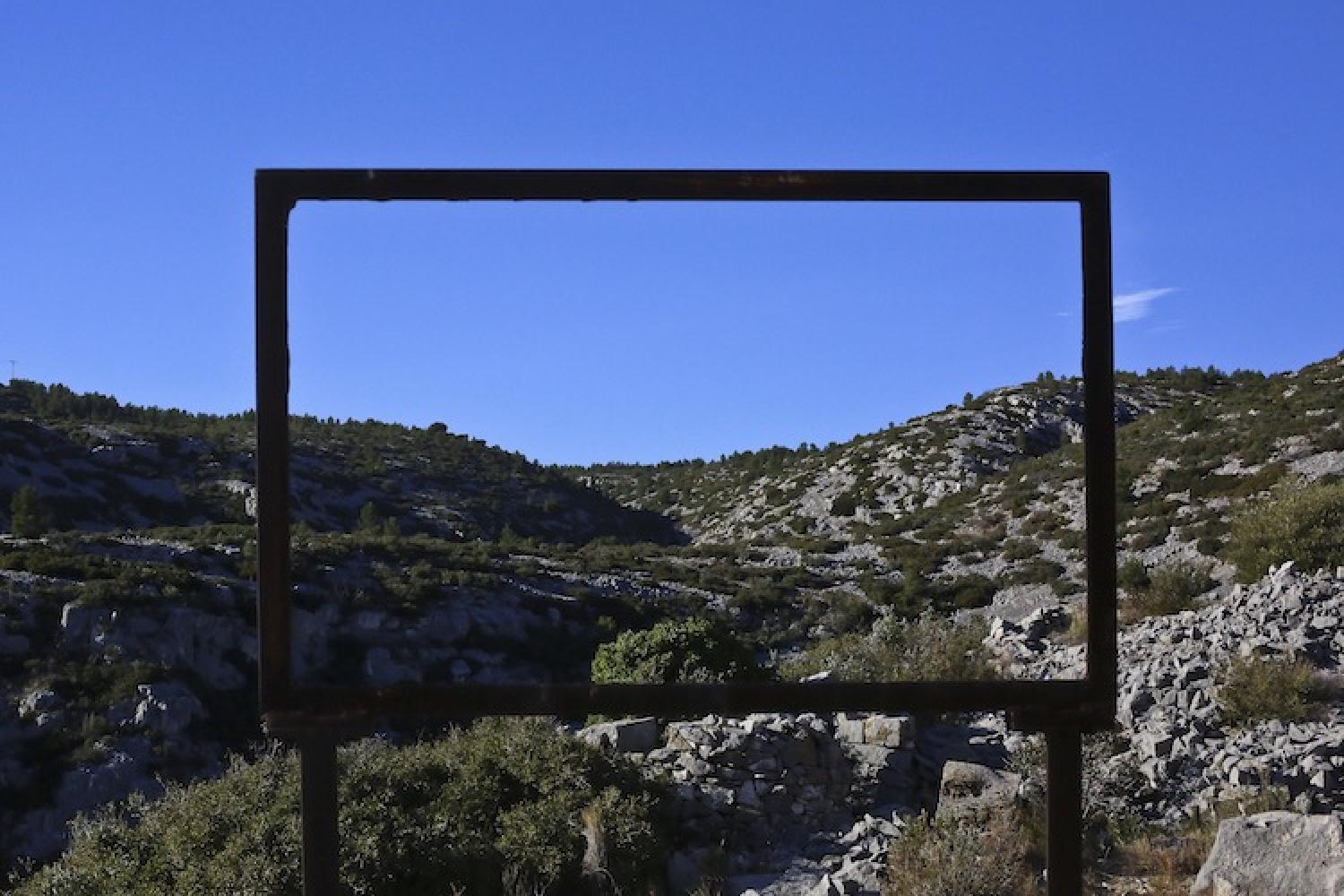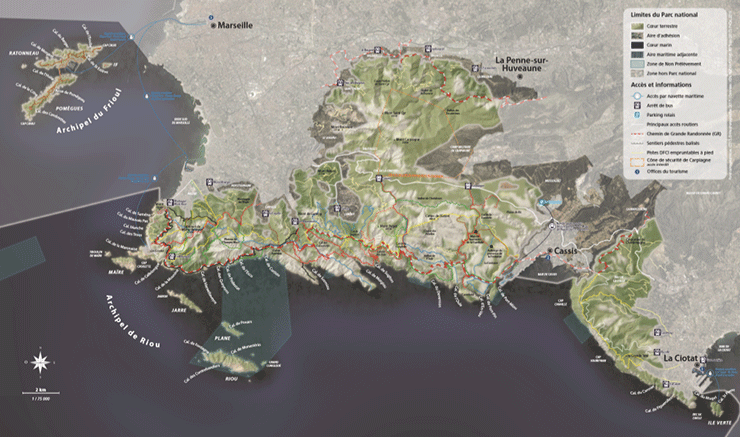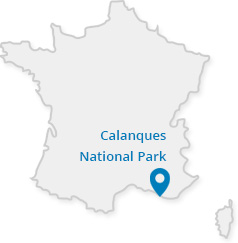Protecting and managing an exceptional natural area
What is the charter?
The French National Park system, created by law n°60-708 of 22 July 1960, assigns an essential task to public institutions of the State: to protect exceptional natural spaces. With law n°2006-436 of 14 April 2006, it underwent an in-depth revision. This law introduced new concepts, with ideas of "character", "core zone", "partnership zone" and "ecological solidarity" between the two parts of the National Park.
In addition, it provides for an extension of the missions of the National Park as a public institution: while confirming the mission of protection, this was also extended to cover cultural heritage and support for local development. Finally, it provides for a change in goverance, placing local key players at the forefront and encouraging the development of partnerships.
This law also codifies the connection between the protection of the core zones of the Park and the sustainable development of the surrounding areas through a new document: the charter.
A shared local project
Dedicated not only to protecting the environment, but also to sustainable development, the charter is the basis for a shared, global local project, that covers economic, social, cultural and ecological issues.
Drawn up in a concerted manner by the National Park management board, or by the preparatory GIP (Public Interest Group) for new parks (which was the case for Les Calanques), it expresses the "optimal scope" of the project, meaning the land and sea core zones, the "optimal partnership zone" and the "adjacent maritime areas". At the end of this development and approval phase, the choice of local communes (classified within the optimal partnership zone) to adhere to the charter determines the effective "partnership zone", which, along with the core zones, constitutes the National Park: their commitment to the charter is therefore based on voluntary participation.
The charter can be translated into multi-year action plans. By committing to this long-term (15-year maximum) document that can be revised, the partners recognise the exceptional value of the areas classified in the park's core zones, deciding to prioritise conservation management, and to implement contractual protection of the partnership zone. The charter is therefore implemented and assessed by key local players, the first and foremost of whom is the public institution of the National Park.
Translating the charter into a space for engagement
All public authorities are called upon to act in accordance with the commitments of the charter. The public institution of the National Park is consulted or included when guideline documents of the various public policies are drafted, and the urban planning documents must be compatible with the charter. The Prefect of the Region must also ensure that the specific characteristics of the core zones and the partnership zones are taken into account in the planning documents for State action and financial programming.
The control of developments and activities that are likely to have a significant impact on the heritage, including in the core zones, is tightened by submitting it to the public institution of the National Park for approval. Adherence to the charter requires a shared responsibility and commitment: the commune and the various key players obtain real guarantees of a return (coherence of public policies in the municipality, benefiting from the image of the National Park, prioritisation of financial programming).
The charter thus has three distinct parts, devoted to:
- the core zones: this allows the protection objectives to be expressed in accordance with the law and decree specific to each park, which will be pursued for the duration of the charter. It also makes it possible to specify the "MARCœurs" (the Terms of Application of the Regulations in the core zones), whose general principals applicable to all national parks are contained in the Environmental Code and whose principles specific to each national park have been set out in its creation decree.
- the optimal partnership zone: the objective of this is not to define new regulations but to express sustainable development focuses, shared between the public institution of the National Park and the member communes. The charter will therefore serve, for its duration, as a support document to sustainable development actions and environmental education that different key players, public and perhaps private, will seek to implement.
- the adjacent maritime zone: as for the partnership zone, this expresses sustainable development focuses at sea, with the main difference being that communes do not have to commit to it.
The French Environmental Code also states that "the National Park charter includes graphic documents that indicate the different zones and their intended uses" (art. L331-3). The document in question is the Calanques National Park Map of Intended Uses. It shows the distribution of the charter's provisions over the area.
Click on the map to enlarge it
The objectives of the charter
The major themes
Five major themes are defined in the Calanques National Park charter. These major themes derive directly from the main elements contributing to the character and particularity of the area: the indestructible connection between the land and sea, the peri-urbanisation that is deeply rooted in the geography and history and in Mediterranean Provence.
The Park's major themes:
- To consider the lands and sea spaces as a single interdependent area
- Enabling the successful coexistence of the metropolis and the exceptional natural space
- Including uses in sustainable development
- Reducing fire risk
- Sustaining a quality area over time
These 5 major themes are also the common thread for the 13 heritage protection objectives, the 4 sustainable development focuses in the partnership zone and the 2 sustainable development focuses in the adjacent maritime zone.
These major themes will be prominent in future agreements and contracts with partners, and in the successive contracts of objectives that the institution will sign with its supervisory Ministry.
Sustainable development focuses in partnership zones
The National Park partnership zone is an attractive area with strong influence, an area of transition around the core zones. In the partnership zone, there is no transfer of jurisdiction or policing powers to the National Park's public institution. The communes choose to be part of the area through deliberation in the municipal council. Currently, 3 communes have chosen to be part of the Calanques National Park: Marseille, Cassis and La Penne-sur-Huveaune.
Joining the charter provides a partnership framework for local authorities and stakeholders, with the aim of encouraging economic, cultural, social and environmental initiatives that benefit from the enhancement of the core zones, and benefit them in return. In addition to the municipalities, all the local stakeholders, according to their field of competence, will participate in the implementation of the focuses defined in the National Park charter. Local stakeholders can thus develop their dynamism and the quality of the living environment, while also enhancing the approach of the core zones, by committing themselves to the measures set out in the charter.
Joining the charter makes it possible to include in the National Park areas that have been proposed especially because of their geographical consistency or their ecological solidarity with the core zones.
The charter commits the municipalities to integrating the 4 proposed focuses into their policies, which develop two central axes: solidarity with the core zones’ heritage and sustainable development, based around 20 partnership measures.
Focus I: Contributing to the protection of the natural heritage of the core zones
- Measure n°1: Maintain the ecosystems in good condition in the natural spaces
- Measure n°2: Acquire and share knowledge to optimise responses
- Measure n°3: Implement Natura 2000 objectives
- Measure n°4: Support a sustainable and responsible hunting policy
- Measure n°5: Protect heritage species
- Measure n°6: Contribute to improving the environmental quality of spaces and farming practices
Focus II: Making interactions between humans and nature harmonious
- Measure n°7: Limit damage to species and natural habitats at urban/countryside interfaces
- Measure n°8: Limit the opportunism of certain wildlife species
- Measure n°9: Preserve and restore ecological continuity
- Measure n°10: Implement a global fire risk prevention strategy
- Measure n°11: Adapt sustainable development policies to the challenges of ecological solidarity
- Measure n°12: Contribute to improving the quality of life and the environmental quality of inhabited spaces
Focus III: Preserving landscapes, the tranquillity and magic of the space
- Measure n°13: Maintain the Mediterranean Provençal character of the architecture and landscape
- Measure n°14: Develop in a sustainable manner – integrating developments into the landscape
- Measure n°15: Preserve and restore the landscapes of the Calanque de Port-Miou
- Measure n°16: Calm the traffic
Focus IV: Preserve and enhance a sustainable Mediterranean Provençal way of life
- Measure n°17: Contribute to protecting and sustaining agricultural areas
- Measure n°18: Know, make known and preserve the history of the area, the built and archaeological heritage
- Measure n°19: Encourage social and economic solidarity with the core zones
- Measure n°20: Promote the national park area as a sustainable tourism destination as a partnership
Sustainable development focuses in the adjacent maritime zone
The adjacent maritime zone (known as the AMA) in the marine core of a National Park is the marine equivalent of a partnership zone on land. Defined by the decree that created the National Park public institution, the AMA includes the DPM (Public Maritime Domaine) and the water under the sovereignty of the State as well as the airspace overlying them. As with the terrestrial areas included in the partnership zone, the AMA, “given its geographical continuity and its ecological solidarity with the core zones, contributes to the protection of the core zone, while being an exemplary area in terms of sustainable development”. The AMA therefore falls within the National Park’s perimeter and is recognised as a marine protected area under the French Environmental Code.
As with partnership zones, the charter defines the protection, enhancement and sustainable development focuses applicable to the AMA, as well as the means of implementing them. The primary focus of the AMA is to guarantee that human activities (port, nautical, underwater, etc.) being developed on the periphery of or towards the core of the marine area do not harm the quality of the water or the landscape, natural and cultural heritage of the core zone.
The AMA is also a space for partnership between the National Park and the various players involved in the management of marine environments and coastal areas, first and foremost the State, but also the local authorities involved and all the users of the sea. Unlike in the core zone, the National Park does not have the primary role of proposing specific regulations in the AMA, but it does support and encourage consistency between existing or planned approaches and implements concrete partnership measures, with a view to sustainable development.
The AMA focuses are based around two key areas: the preservation of ecological solidarity with the core zone and support for the sustainable development of maritime activities.
Focus I: Contributing to the protection of the core zone’s maritime heritage
- Measure n°1: Protect and restore the natural, landscape and cultural heritage of the coastal area through better control of use
- Measure n°2: Contribute to improving the quality of coastal waters
- Measure n°3: Contribute to improving knowledge of the natural and landscape heritage and uses of coastal and marine environments
- Measure n°4: Preserve cetaceans
Focus II: Supporting the sustainable development of maritime activities
- Measure n°5: Encourage the sustainability of small-scale fishing in its Mediterranean specificities
- Measure n°6: Improve the environmental quality of ports
- Measure n°7: Encourage the development of good environmental practices






